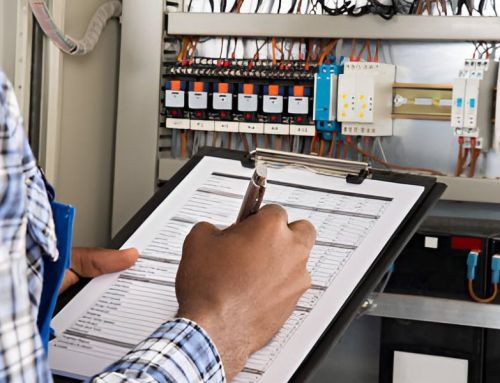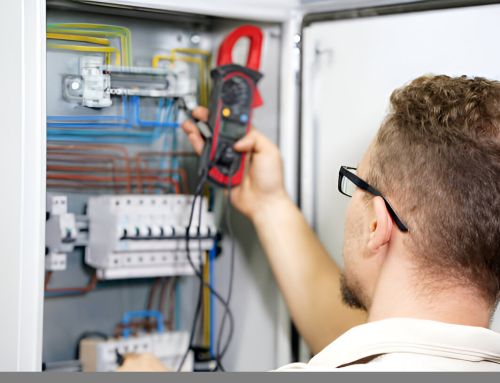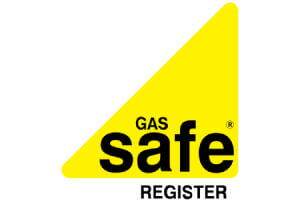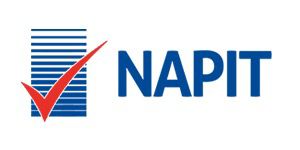
Reflecting on the intricate world of electrical safety, have you ever pondered what EICR truly signifies in the realm of property maintenance and compliance?
Let’s uncover the layers of this acronym and explore its fundamental implications for ensuring the safety and functionality of electrical systems within our living and working spaces.
Understanding EICR
Understanding EICR involves delving into the intricacies of Electrical Installation Condition Reports to assess the quality and safety of electrical systems in properties.
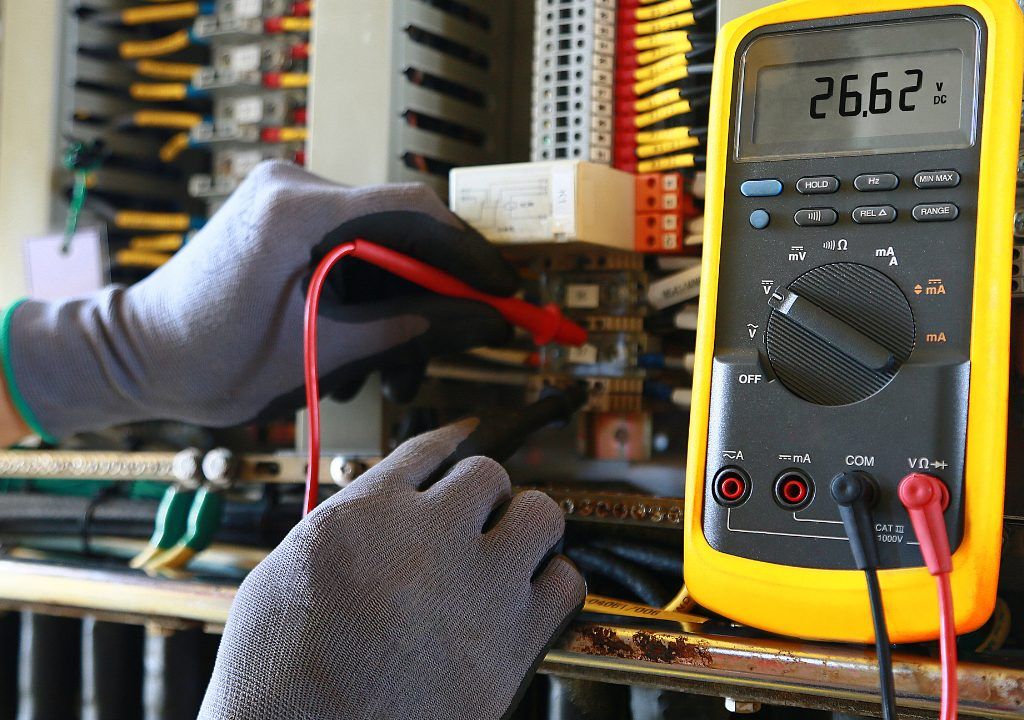
The EICR certification process is a structured evaluation conducted by experienced electrical engineers. It includes discussions with clients regarding operational limitations, agreement on sampling rates for testing, and the actual inspection based on the IET’s Wiring Regulations. Common EICR misconceptions often revolve around the belief that these assessments aren’t necessary unless there’s an issue, but in reality, they’re crucial for preventive maintenance and ensuring safety standards are met.
EICR safety standards are paramount. Inspectors meticulously check wiring, light fixtures, sockets, switches, heaters, and boilers to identify potential hazards. Maintenance tips provided after an EICR help in rectifying non-compliant installations promptly. It’s essential to stay updated on EICR industry changes to align with the latest safety protocols and regulations, ensuring the ongoing safety and compliance of electrical systems in properties.
The Importance of EICRs
EICRs play a critical role in ensuring the safety and compliance of electrical systems in properties through detailed assessments conducted by experienced electrical engineers. The focus on electrical safety is paramount in identifying risks, allowing for timely preventive measures to be implemented.
Compliance standards, such as the Health and Safety at Work Act, mandate these inspections to uphold safety regulations. By pinpointing potential hazards like faulty wiring or non-compliant installations, EICRs serve as a proactive measure to mitigate risks of fire incidents and electric shocks.
These assessments provide a structured approach to maintaining safe electrical installations, ensuring the well-being of occupants and reducing the likelihood of damage. Through the meticulous examination of electrical systems, EICRs facilitate the identification of issues that could compromise safety, enabling prompt remedial action to uphold compliance with established standards.
EICR Inspection Details

During EICR inspections, trained electricians meticulously examine various electrical components within a property to ensure compliance and safety. The EICR assessment entails a detailed inspection of wiring, light fixtures, sockets, switches, heaters, and boilers.
Any non-compliant installations are documented in the EICR report, outlining the condition of the electrical system and highlighting areas requiring remedial work. This process is crucial for identifying potential hazards that could lead to electric shocks or fires if left unaddressed.
The EICR process typically lasts one to four hours, depending on the size of the property and the complexity of the electrical systems encountered. Sampling rates are agreed upon during the assessment, and the inspection is conducted following the IET’s Wiring Regulations to ensure thoroughness and accuracy.
Prioritizing EICR safety, any issues identified during the assessment must be promptly rectified to uphold safety standards and compliance with regulations.
Decoding EICR Codes
Inspectors categorize problematic installations during EICR assessments using Codes C1, C2, and C3 to indicate various levels of urgency for action.
Code C1 signifies immediate danger necessitating urgent intervention. This code highlights critical issues like exposed live wires that pose a severe threat.
Code C2 designates potentially hazardous situations requiring prompt remedial action. It typically addresses problems such as unreliable earthing that could lead to safety hazards.
Code C3 identifies areas for improvement that enhance overall safety, such as improperly mounted sockets or minor deficiencies that need attention to prevent future issues.
Understanding these codes is crucial for prioritizing corrective actions efficiently based on the severity of the identified problems. By interpreting these EICR codes accurately, stakeholders can address common EICR issues effectively, take appropriate corrective actions promptly, and ensure the safety of electrical installations in compliance with regulations.
EICR Assessment Procedure

The EICR assessment procedure involves a detailed examination of electrical installations to ensure compliance with safety standards and regulations. When conducting an EICR, several key aspects are considered. The EICR assessment criteria focus on evaluating the quality and safety of electrical systems within a property. Common EICR findings often include issues such as faulty wiring, inadequate earthing, overloaded circuits, and outdated installations. To maintain safety during the assessment, specific EICR safety precautions are followed, including proper equipment grounding, insulation resistance testing, and circuit verification procedures.
Upon completion of the assessment, the EICR report interpretation becomes crucial. This involves understanding the findings presented in the report, including identified defects, recommendations for corrective measures, and the severity of any issues discovered. EICR corrective measures may range from simple repairs and replacements to more extensive rewiring or system upgrades to ensure compliance with safety standards and regulations. Understanding and addressing the recommendations outlined in the EICR report is essential for maintaining a safe and efficient electrical system within the property.
Post-EICR Actions and Compliance
After completing the EICR assessment procedure, the next step involves addressing any identified defects and ensuring compliance with safety standards through post-inspection actions and regulatory requirements. Compliance requirements mandate timely remediation of any defects found during the inspection. Corrective actions must be taken promptly to ensure safety assurance for occupants and mitigate risks. Legal obligations necessitate the submission of documentation, including an EICR Certificate of Safety upon the completion of necessary repairs. Tenant notifications are crucial, requiring copies of the report to be sent to tenants and the local housing authority within 28 days.
Adhering to regulatory standards is essential in the post-inspection procedures to maintain compliance and ensure the safety of the property. Mitigating risks identified during the inspection is paramount to prevent potential hazards. Following through with the necessary corrective measures promptly is key to upholding safety standards and meeting legal requirements. By diligently addressing post-inspection actions and compliance obligations, the property can maintain a safe and secure electrical system in alignment with industry regulations.
Our Pricing
| Our Electrical Safety Certificate Prices |
|---|
| Studio Apartment £67.99 |
| 1 – 3 Bedroom £94.99 |
| 4 Bedroom £104.99 |
| 5 Bedroom £139.99 |
Check Out Our Other Services
| EICR | Commercial EICR | Emergency Light Certificate |
|---|---|---|
| Electrical Diagnostic | PAT Testing | Fuse Box Installation |
About the Author: LandlordCertificate
Related Posts
Get Social
Recent Posts
- Domestic Fire Alarm Installation: Protecting Your Home and Family with Reliable Fire Safety Systems
- Asbestos Management Survey Report: Complete Guide for Property Owners and Duty Holders
- Emergency Lighting Test Certificate: A Complete Guide for UK Properties in 2025
- Portable Appliance Testing Cost in 2025: Everything You Need to Know
- Energy Performance Certificate Requirements Explained for 2025


